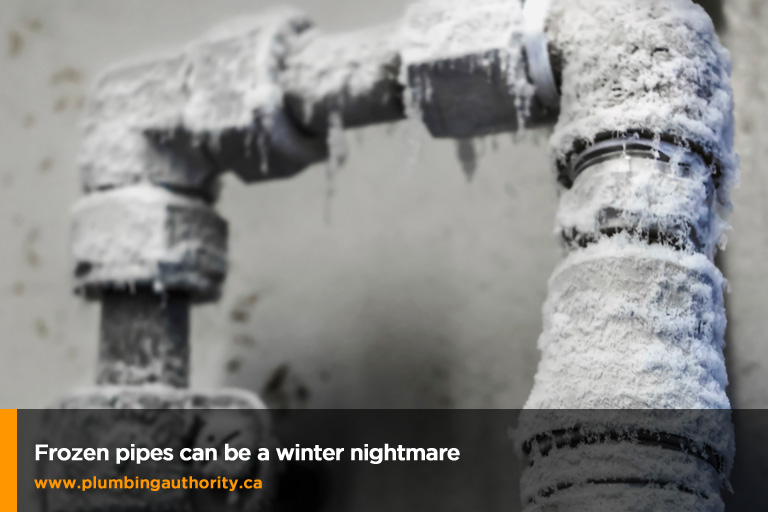
Credits: norbord.com
Plumbing problems can skyrocket during the winter months. It is important to take care of your home plumbing now, to avoid dealing with major problems later. The colder weather and harsh conditions — along with increased use of your plumbing because of holiday visitors — can be a challenging time for your home’s plumbing system.
Frozen pipes, sewer backups, and other plumbing issues can be avoided if proper steps are taken to prepare your home well in advance.
Follow these tips to prepare your plumbing for winter:
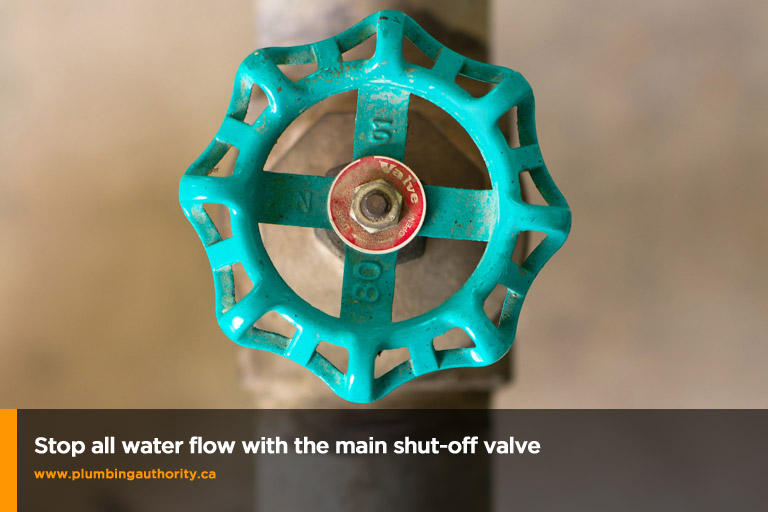
Know the main water valve location
Knowing the location of the main water shut-off valve in your house is especially important in an emergency. Turning off the main water valve will immediately cease water supply to the entire house, and allow you to inspect and solve the problem at the source. In most homes, the main water valve is located in the basement, or on an outside wall where other utilities are located. Inspect this valve on a regular basis to make sure it can be opened and closed without too much difficulty.
Inspect the entire plumbing system
The best time to inspect your home’s plumbing system is before winter arrives. Examine every pipe, hose, and faucet (both inside and outside). Check for cracks, or leaks, and contact a professional plumber to fix any problems before the cold weather hits. Existing issues can exacerbate to the point of disaster when the temperature drops significantly.
Drain and cover hose bibs
Hose bibs, (also known as outside spigots) are often forgotten when it comes to prepping your plumbing for winter. All hose bibs must be drained properly as any remaining water can freeze and negatively impact the plumbing system.
If there are hoses attached, drain them and put them away. An undrained hose left attached to a bib all winter will freeze and can compromise the water system. To put away hoses correctly for the winter, perform the following steps:
– Completely detach any hoses from faucets and drain them
– Store hoses in a warm location (basement or garage)
– Drain bibs of excess water
– Deactivate bibs at the shutoff valve
– Use covers to insulate bibs
Prepare the water heater
Having hot water during the winter is essential. This is why you need to prepare the water heater for winter. Heat loss can occur as hot water sits in the tank, driving up utility costs with extra electricity or gas usage (depending on the type of tank you have). Insulating the tank and the pipes leading away from the water heater also helps to reduce heat loss.
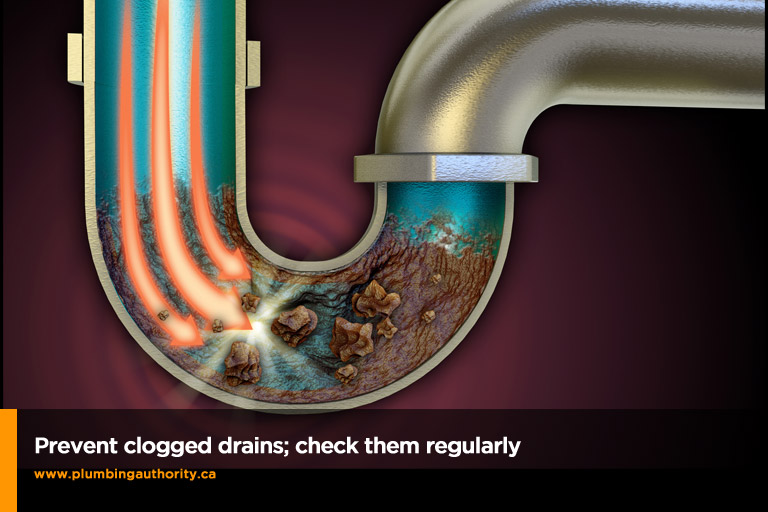
Be cautious of clogged drains
It is a good idea to inspect the drains in your house on a regular basis to prevent clogs. Avoid overflowing water by paying close attention to things you put in your drain. In the kitchen, avoid pouring cooking oil, fats, or significant food waste down the drain. In the shower, use hair traps and stay vigilant about rinsing the tub out after using it. Even if you have a garbage disposal (garburator), don’t pour grease or other items that might clog or corrode the pipes.
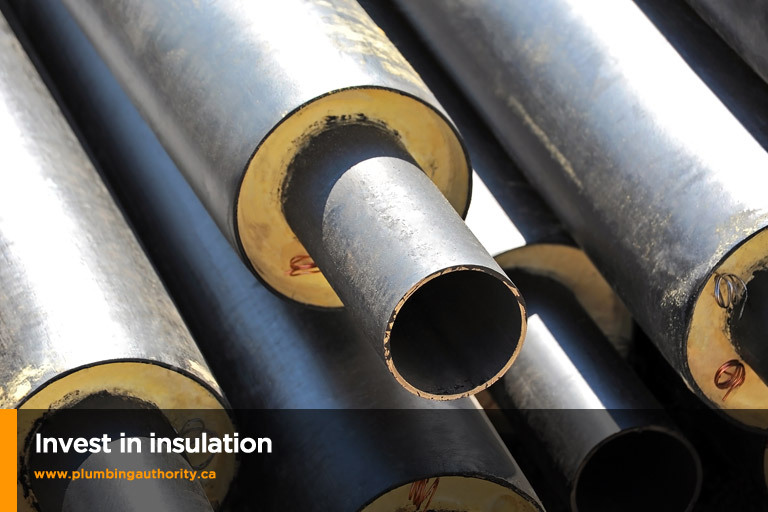
Insulate your pipes
Investing in additional insulation for your home’s plumbing will help prevent them from freezing, bursting, and flooding your house. Insulating hot water pipes can prevent heat loss and reduce energy costs. There are many types of insulation (such as flexible foam wrap and padded sleeves) which can be low-cost solutions that prevent high-cost damage. Consult a plumbing expert regarding proper pipe insulation for winter.
Check the sump pump
If you have a sump pump, there are two ways to check if it is working properly. The first is to unplug the pump and plug it back in. If it doesn’t start working right away, call a licenced plumber to fix the issue. The second way is to run water through the pump. To do this, pour in enough water to raise the float to see if the pump kicks on. Watch to make sure the water gets pumped out of the hole.
Check the water heater temperature
The optimal temperature for keeping your water heater working is 49 degrees Celsius (120 degrees Fahrenheit), to prevent the growth of harmful bacteria (such as Legionella). To reduce the risk of burns caused by scalding tap water, install a temperature controlling device.
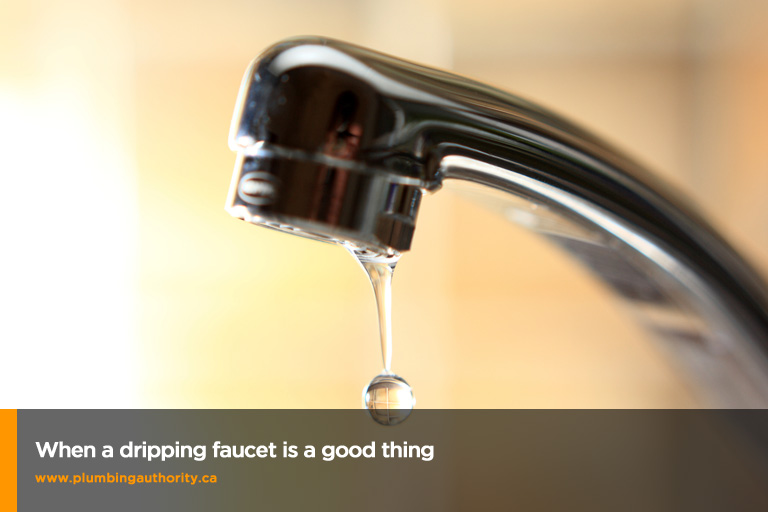
Leave a few faucets dripping
Let cold water drip from a faucet that is served by an exposed pipe. Even a trickle of water may prevent the pipes from freezing.
Clean up your yard
Snow, debris, branches, and leaves prevent proper drainage from eavestroughs and other areas. Clean your rain gutters and downspouts before the weather is too cold. Prevent any issues with runoff from your roof — especially since a quick thaw of snow or ice might cause huge issues.
Maintain your drains and pipes
In older homes, the cold weather (combined with an older system) makes pipes more vulnerable to damage. Periodic maintenance is necessary, especially when you are winterizing your house for the cold months.
One of the easiest ways to maintain the flow of your drains is by putting this mixture down your sinks every three months:
1 cup salt
1 cup baking soda
¼ cup cream of tartar
Dissolve these ingredients in boiling water and pour the solution down all the drains and sinks in your home. Let the solution set for 15 minutes then rinse with boiling water at every drain. Doing this every three months will clear away most buildup.
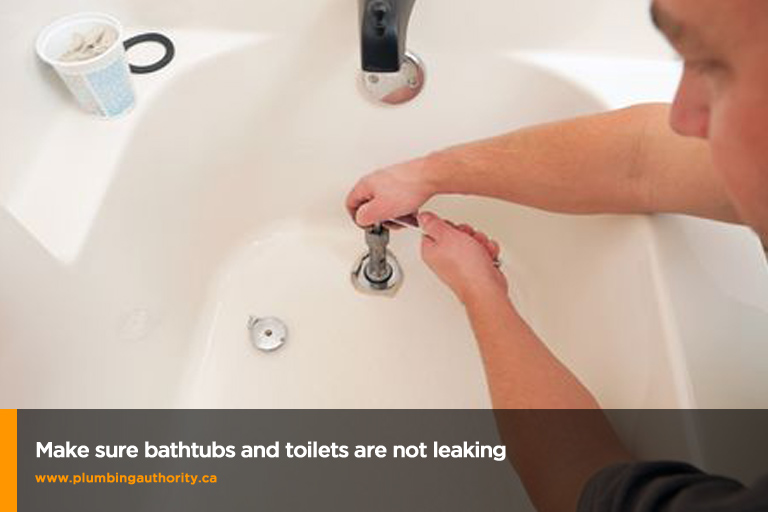
Check the toilets and tubs
When you see unexplained water on bathroom floor or behind the toilet, it is most likely caused by a leak. Check the toilet’s piping for any possible cracks and repair immediately. Bathtub leaks can often be found in the faucet, due to an aging rubber washer. Leaking can also come from below the drain, which endures a lot of pressure from baths. If you have an old-fashioned, clawfoot tub, check underneath to see if leaks are caused by moisture or an overflow.
Inspect showers
Most modern homes are equipped with shower stalls which are good at containing water. However, piping can get worn and you’ll need to check the ceilings of the floors below to see if there is any evidence of leakage from the shower pipes. Water can also leak from shower doors, floors and drain. Because the shower is one of the most-used sources of water on a daily basis, it is critical to stop leaks as soon as possible, and save on water waste.
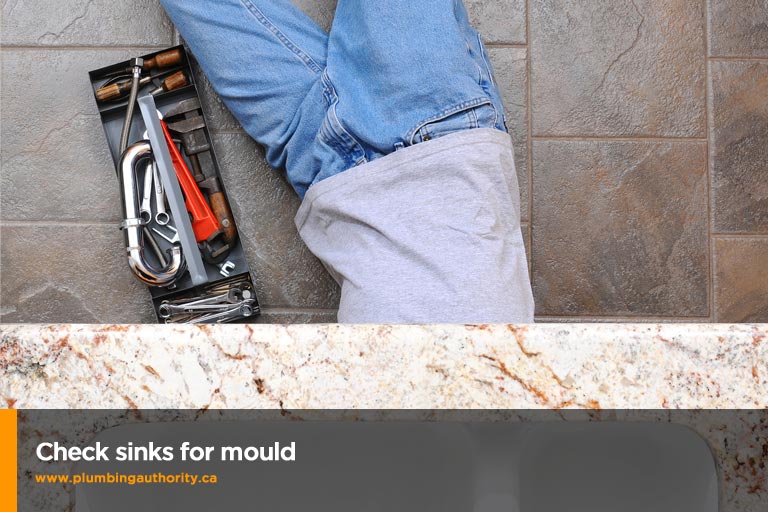
Inspect sinks
Typically, cabinets under sinks are used to store cleaning supplies and garbage cans. These enclosed spaces can trap smells. Inspecting this area can allow you to ensure that the smell is not caused by mould due to a leaking drainpipe. Dripping water (from faucets or drains) will also damage the cabinet and possibly the floor.
Drain the sprinkler system
If you have an irrigation system on your property, be sure to winterize the pipes. Water left in the sprinkler system can freeze during sub-zero temperatures, and potentially crack and cause enough damage to require repair or replacement.
Winters can be harsh in Canada. Keep your plumbing system in good working order to avoid any issues. Contact Plumbing Authority at (647) 992-7473. We know plumbing and drain emergencies in King City and New Tecumseth can happen at any time. Call us. We’re here for you 24 hours a day, 7 days a week.




